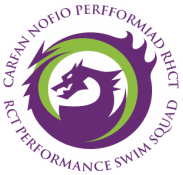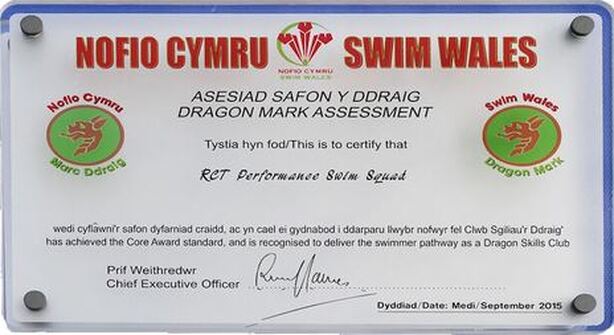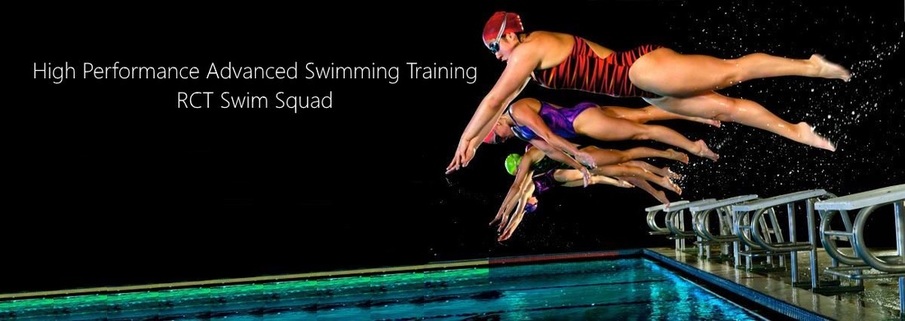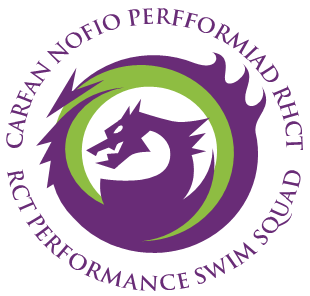Competitive Performance Training
Training Tips & Info:
|
Efficient swimming is the key to high performance swimming... to efficiently transfer energy from our body to forward motion we need to be balanced in the water. It is of paramount importance to feel balanced in the water - we will help you develop the technique. Stroke technique is EVERYTHING!
|
By using the following training tips you will drive down those personal bests and achieve your goals:
|
|
Remember, each training session provides a chance for you to improve as perfect practice helps make a perfect performance.
Land Training
Land training should be seen as complementary to pool sessions. To gain optimum strength and power competitive swimmers need to supplement their pool training with land training
|
There are four different types of land activities that can help your swimming: Stretching, Abdominal Exercises, Weight Training (only to be carried out with the consent of the Head Coach), and General Exercise.
|
|
Graded Tables
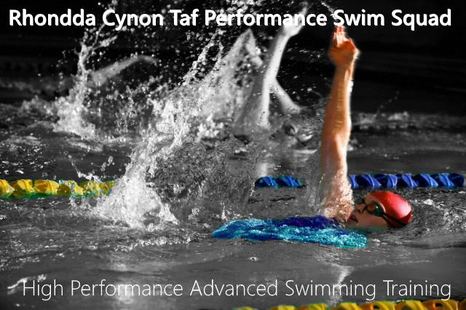
Graded Swimming gives all swimmers the means to measure their own personal progress and also to compete in open competitions against swimmers of similar ability.
How does it work ?
The system has 4 Grades, which are AAA, AA, A, and B. Everyone below B grade is automatically a C grade. For a given time, for each of the standard events and for each sex there is a corresponding Grade.
AAA Grade is approximately the same level as the National Championships qualifying times, AA grade is about Regional standard, A is about county standard, and B is good club swimmer standard.
A set of tables has been developed which cater for both sexes, for all Age groups and for all events. To determine the grade of a swim is simply a matter of comparing your latest time against the times in the table for your sex, age group and event.
The graded table used by the club can be found here.
How does it work ?
The system has 4 Grades, which are AAA, AA, A, and B. Everyone below B grade is automatically a C grade. For a given time, for each of the standard events and for each sex there is a corresponding Grade.
AAA Grade is approximately the same level as the National Championships qualifying times, AA grade is about Regional standard, A is about county standard, and B is good club swimmer standard.
A set of tables has been developed which cater for both sexes, for all Age groups and for all events. To determine the grade of a swim is simply a matter of comparing your latest time against the times in the table for your sex, age group and event.
The graded table used by the club can be found here.
Dynamic Warm up
|
Q. What is a dynamic warm-up?
It is essentially stretching with movement. Q. Why do a dynamic warm-up? The benefits of an effective dynamic warm up are: Increases body temperature, allowing your muscles to work more efficiently; Gets the heart and lungs ready to engage in vigorous activity; Stretches muscles actively, improving your joints range of motion and preparing them for the forces experienced during training/competition; Establishes proper movement patterns and the coordination needed in training/competition. 5. Stimulates the nervous system and gets the brain talking with the muscles; Q. Should I ever do static stretching? Yes, but static stretches are more suitable to the cool down – recovery - period as they help muscles to relax, realign muscle fibers and re-establish their normal range of movement (see below). |
Q. Should my warm-up contain static stretching?
For many years it has been typical to perform a light warm-up followed by some static stretching (this is a stretch that is taken to the point of slight muscular tension and held for 15-20 seconds). Indeed, you will see many athletes – from novice to elite competitors – starting their sessions or preparing to compete with some static stretching. However, recent research has shown this may not be appropriate because static stretching can reduce the amount of power and force a muscle can produce. With this weakening effect lasting for more than one hour it is not great for obtaining your peak performance in either training or completion. RCTPSS therefore recommend that a dynamic warm-up be performed – in place of static stretching - before each training session or cometition. It is also important to remember that your normal warm-up in the pool is essentially a dynamic warm-up and it is essential to perform both correctly to ensure best performance. |
The Foam Roller
|
Youth Squad Only
Using a foam roller can provide very similar benefits as deep-tissue massage. By focusing on the deeper layers of muscle tissue, also called connective tissue, it works to release the persistent patterns of muscle tension in the body, increasing flexibility and helping to prevent injury and improve performance. Make the following foam-roller exercises part of your regular swimming routine--swim, roll, then stretch. See the instructional video below, which provides a good overview of the rolling techniques: |
